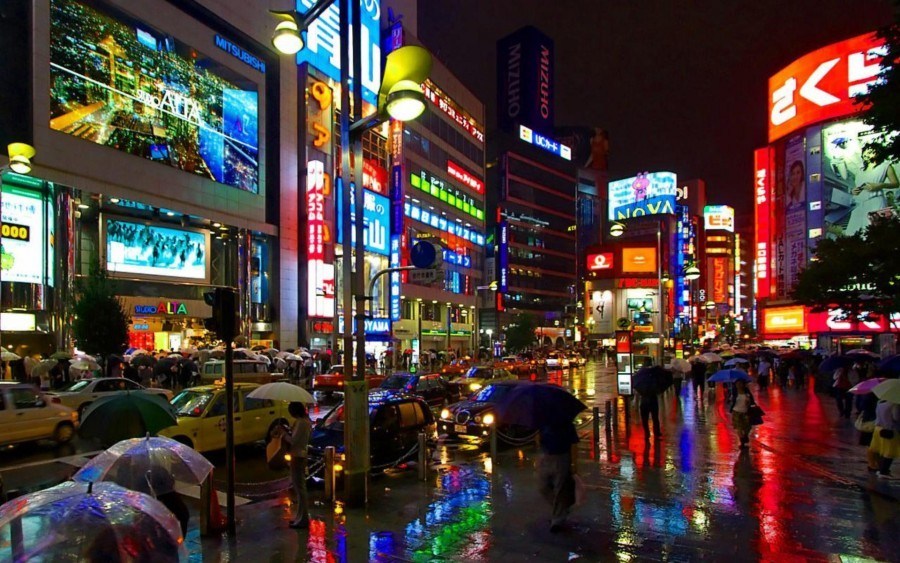Like this post? Help us by sharing it!
You see that spaghetti dinner up there? That’s the map for Tokyo’s subway system, Tokyo Metro. Although it may look daunting at first glance, with a little explanation (and a lot of pictures) you’ll be riding the underground like a true Tokyoite in no time!
First off, let’s learn a bit about the subway situation in the big city. There are two main subway operators in Tokyo: the Tokyo Metro and the government-owned Toei subway. Altogether, these two operators combine to make 290 stations on 13 separate lines. With over six million passengers per day, sometimes the carriages can get pretty packed.
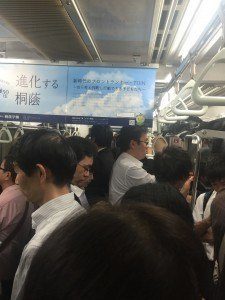
Wait, TWO different operators, you say? Doesn’t that confuse things even more, you wonder? Has Tokyo gone mad, you exclaim?!
Well, you’re correct on all accounts. Both the Tokyo Metro and the Toei subway form completely separate networks, and the tickets procured from one will not work on the other. Fares can be different, and to transfer from one operator to the other necessitates purchasing transfer tickets, further complicating things. As mentioned earlier, daunting, right?
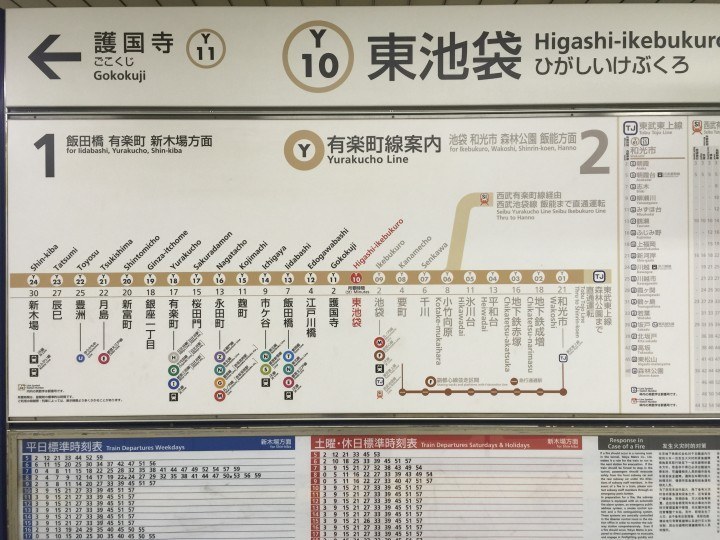
You may, at this point, just throw up your hands and resign yourself to spending a fortune on taxis for your holiday in Japan. However, we’re here to help! Perhaps realizing how intimidating the Tokyo subway system can be for foreign visitors, much effort has been made recently to help accommodate those looking to travel underground comfortably.
You can breathe a big sigh of relief and put away your change purse and calculator watches, as there is another, better way to pay your fares. There are a variety of contactless, RFID pay cards available for purchase at certain train stations. These cards can be charged up with cash and then just waved over the card reader at one of the many gates leading to the platforms. And the best part? These cards work between lines and operators, cutting out the need to buy individual tickets and saving time and money in the long run! Easy, right? And with names such as Pasmo, Suica, and Manaca, the cards are as fun to say as to use.
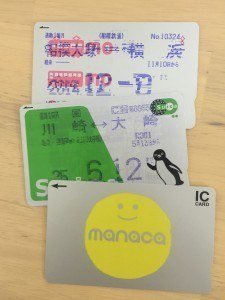
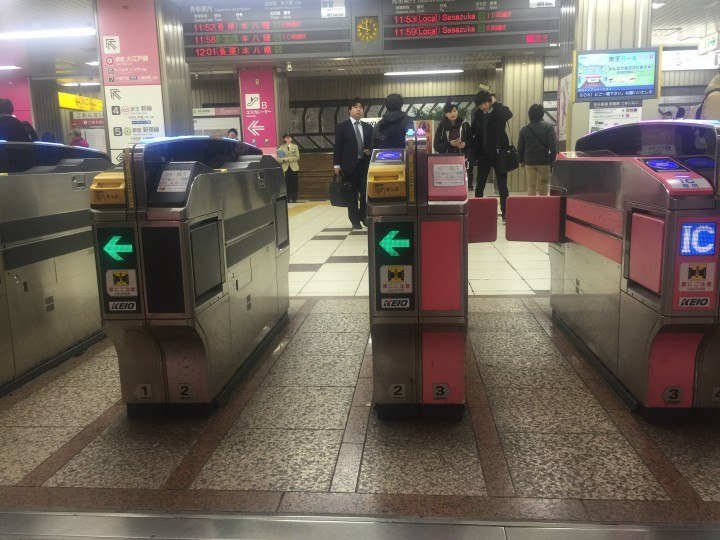
What’s that? You can’t understand Japanese? No problem! Subway station signs are in English, as are most maps and other signage. There’s even an English option on the ticket machines. Once you’ve boarded the train, announcements are in both English and Japanese, ensuring a stress-free, smooth transition whether you’re getting off at the next stop or transferring onward.
And, if you don’t want to read anything, English or Japanese (hey, you’re on vacation, right?), each subway line is numberd, signposted, and color-coded, making catching your train that much simpler. For example, you want to catch the Tozai Line to Nakano? Just take the blue colored line with a “T” in the middle. You’ll be browsing manga and anime goods at Nakano Broadway in no time!
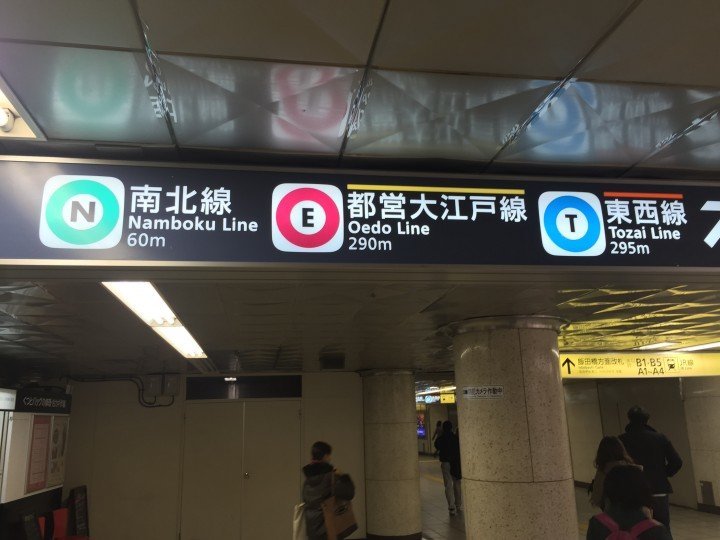
Of course, for the tech savvy among us, Tokyo Metro provides a free tourist information app. Using this app, you can search areas by popular landmarks, chart the best course there, and enjoy restaurants and tourist information all in English. And with free wifi available at over 140 subway stations in Tokyo, it’s easier than ever to stay connected. However, be sure to factor in to your crazy night out that the Tokyo Metro does not run 24 hours! If you find yourself out past midnight, prepare to stay out a little while longer, as the trains don’t start again until around five.
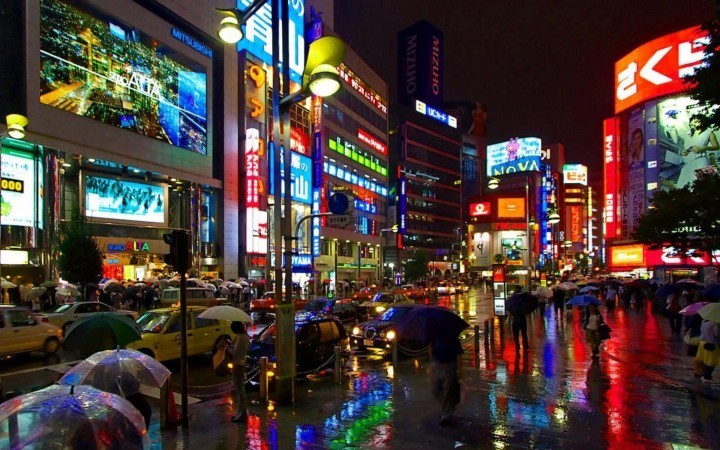
Phew. That was a lot to take in, I’m sure. But, now that you know the basics of the Tokyo Metro, you can ride with confidence on your next holiday to Japan….and of course, if you are travelling with IJT, you will have your Info Pack to help you along and make you travels easy!


